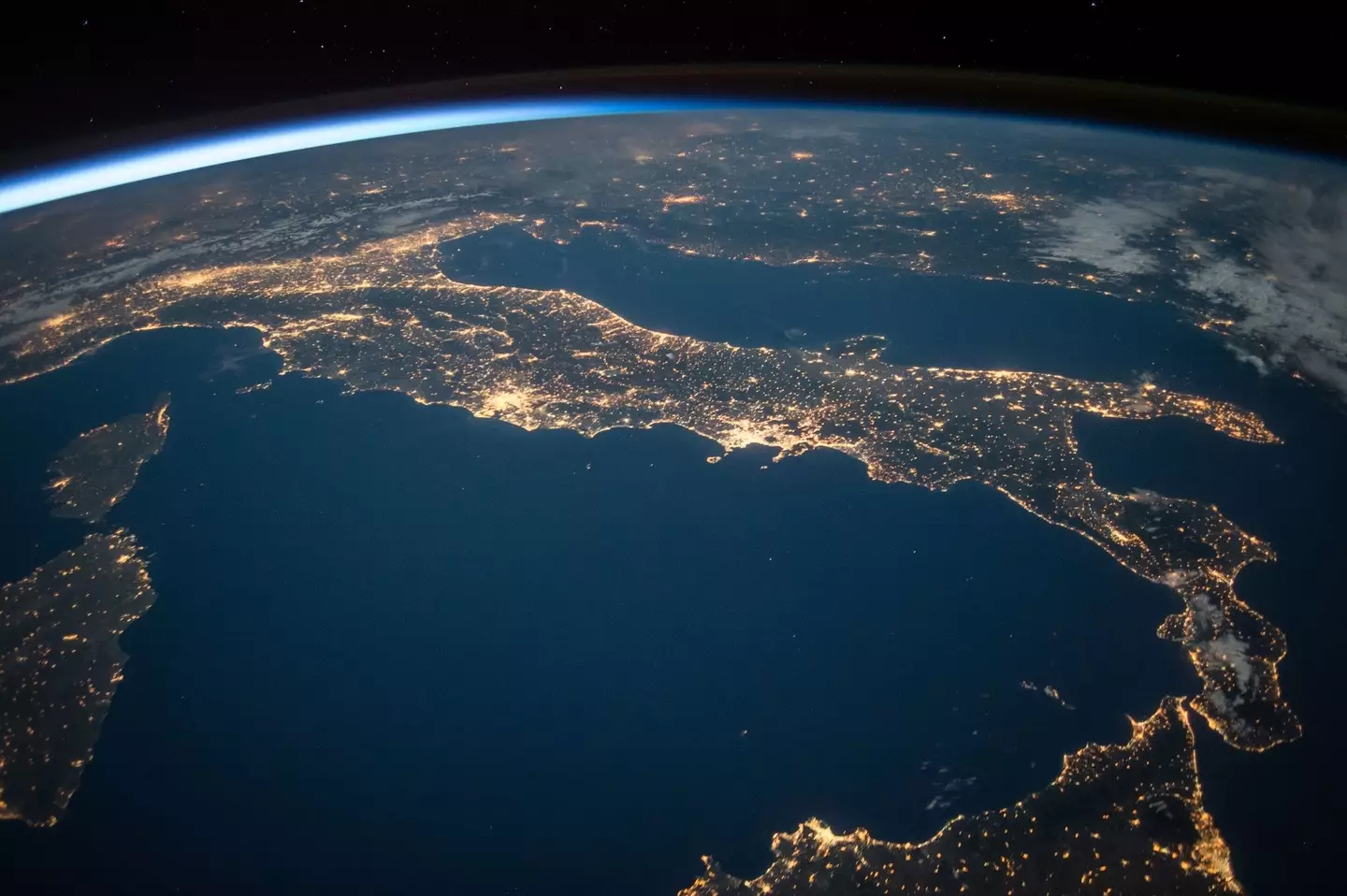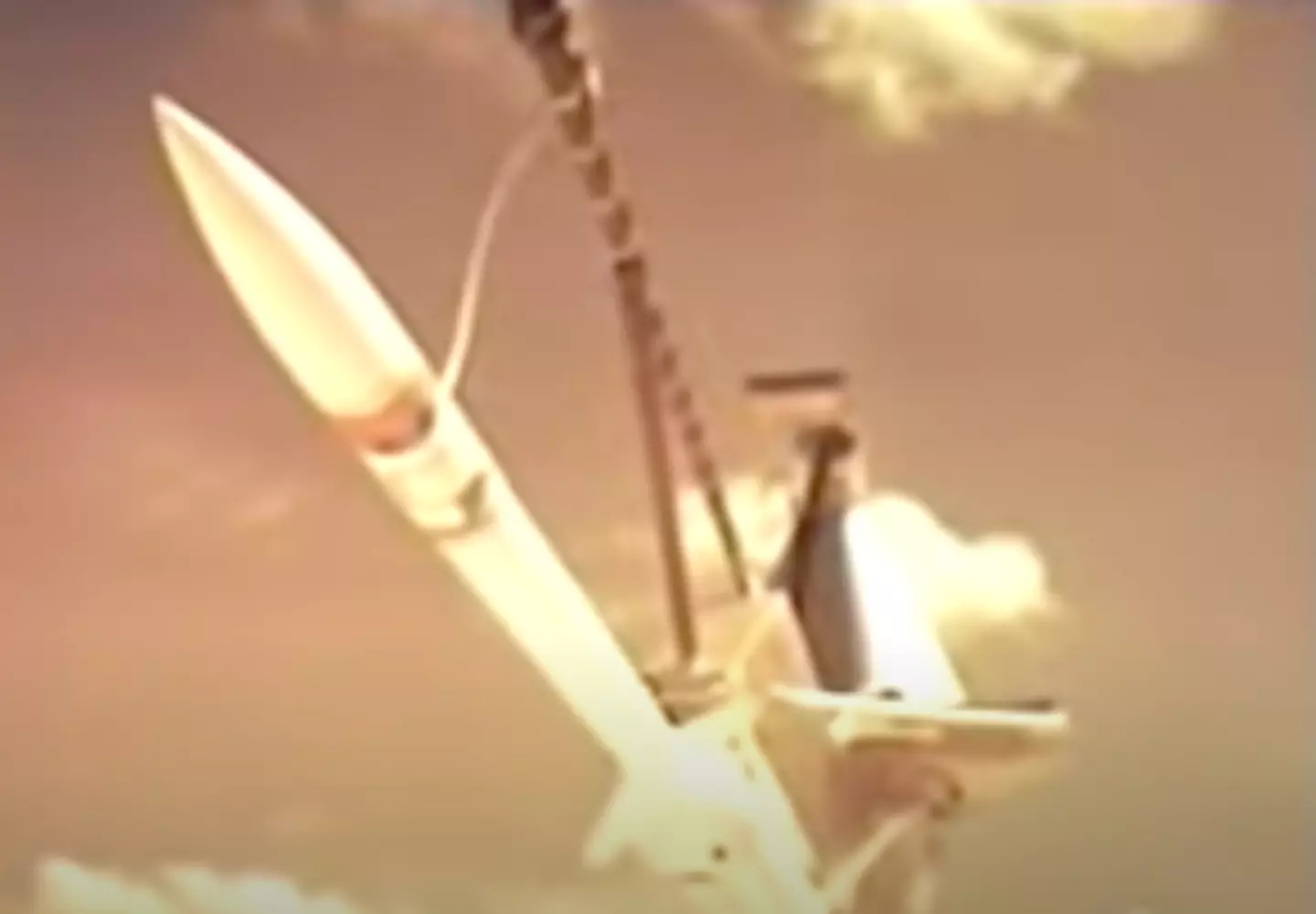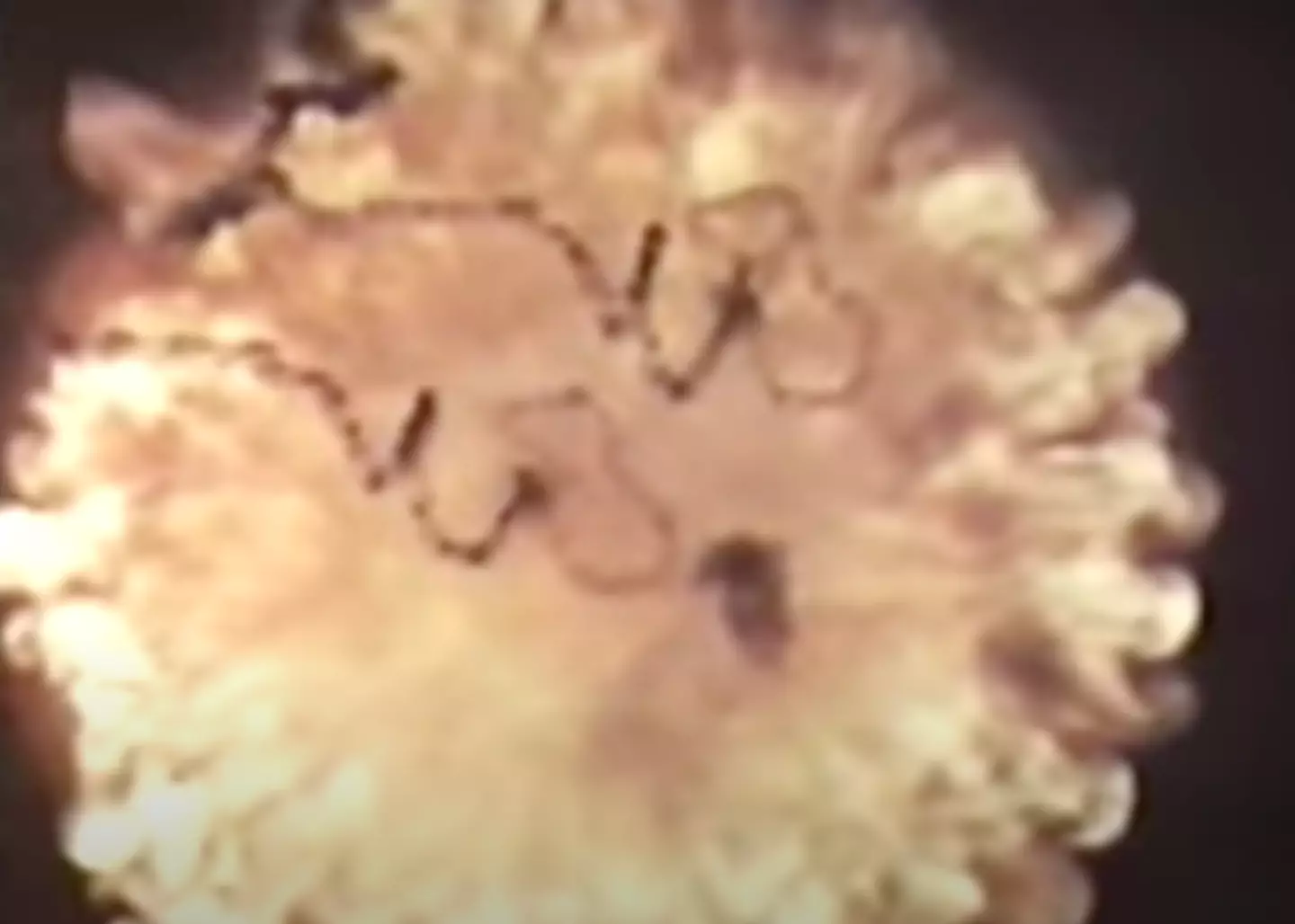If you've seen Oppenheimer, then you'll be pretty familiar with what it looks like when a bomb goes off on Earth. But what about when the weapon is sent to space?
Admittedly it might seem like a strange place to set off a bomb, given that space is literally just miles and miles of nothingness interspersed with some stars and planets which don't mean any harm.
Us humans do a lot in the name of science, though, and in 1962 that meant launching rockets into space to set off bombs.
Advert

Known as Operation Fishbowl, the US military launched the weapons in an effort to evaluate the destructive mechanisms and effects of high yield explosions.
The operation began in response to the Soviet announcement that there would be a three-year prohibition on nuclear testing, and saw the rockets launched from Johnston Island in the Pacific Ocean, north of the equator.
There were three tests involved in the operation, Bluegill, Urraca, and Starfish, with The Nevada National Security Site sharing footage from Operation Fishbowl online.

Advert
The video shows a rocket launching from Johnston Island before its bomb explodes in a huge flash of bright light.
According to NASA, the absence of an atmosphere in space means that any blast would disappear completely, and there's no air up there for the bomb to heat up.
But while the effects might be minimised in that sense, NASA also notes that nuclear radiation won't suffer any reduction of force in space, meaning the range of significant dosages would be much greater than it would be at sea level.
The blast that emitted from the Starfish test, which used a 1.4 megaton bomb, was 500 times as powerful as the explosive that fell on Hiroshima.

Advert
It blew up at an altitude of 250 miles - about the height where the International Space Station orbits - but that didn't make it any less visible on Earth.
Greg Spriggs, who watched the test take place with his family, told National Geographic: “[My dad] was trying to figure out which direction to look. He thought there was going to be this little flicker, so he wanted to make sure everybody was going to see it.
"When that nuclear weapon went off, the whole sky lit up in every direction. It looked like noon."
The effects of the blast lingered for as long as 15 minutes after it went off, resulting an an artificial aurora visible from as far away as New Zealand.
Just one year after the test, the US, the UK, and the then-U.S.S.R. signed the Limited Nuclear Test Ban Treaty.
Topics: Oppenheimer, Science, Space